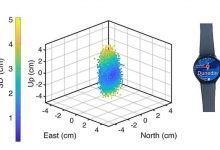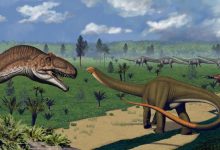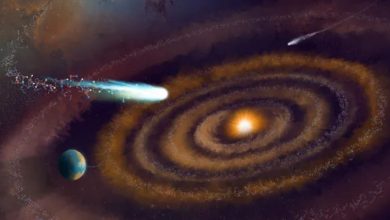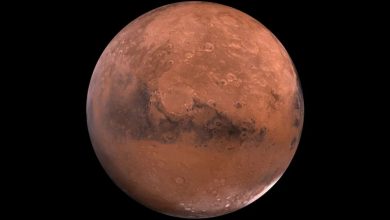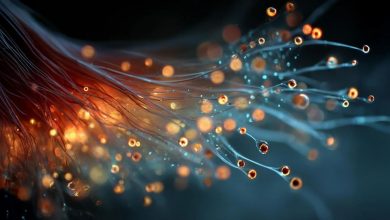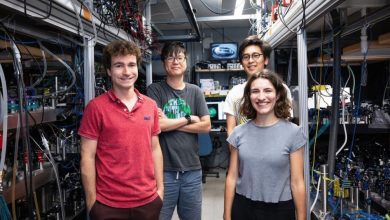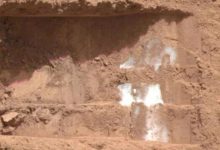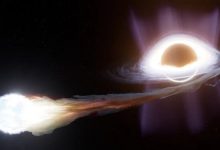Astrophotographer Greg Meyer’s image of the “Raging Baboon Nebula” in Corona Australis reveals a baboon-like face with blue eyes and brown dust.
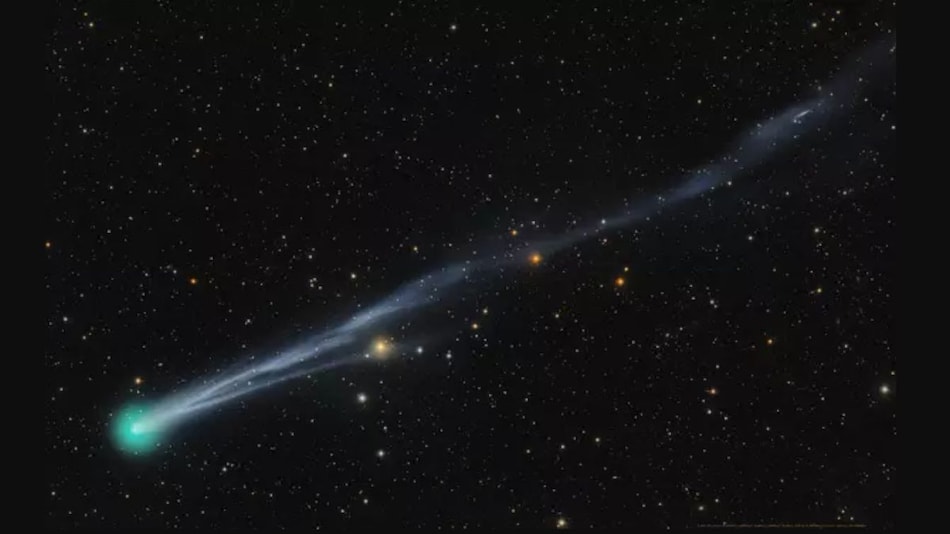
NGC 2313 shows bright gas clouds illuminated by star V565
Click Here to Add Gadgets360 As A Trusted Source

The face of a baboon is appearing in a new photo of a nebula, taken by astrophotographer Greg Meyer. It is known as the Raging Baboon Nebula, and it is located in Corona Australis, approximately 500 light-years away. The picture discloses bright blue eyes and dusty brown clouds forming the baboon-like face. It reminds even the observer of the colorful features of a mandrill, with the globular cluster NGC6723 (an area of hundreds of thousands of stars) being visible in the vicinity.
Imaging of the Rampaging Baboon Nebula
According to Space.com, this scene was shot by Meyer in a Starfront Observatory in Texas. This was captured with a 120mm Takahashi Esprit refractor and a QHY 268M camera in 13 nights, it took him to capture the nebula during the summer season in 2025. Overall, approximately 16.5 hours of exposure data had been gathered. The frames were then stacked by Meyer using software (Photoshop, Lightroom, PixInsight). His processing brings out the brown molecular dust (constituting the mouth) and the blue reflection nebulae (constituting the eyes), constituting the face of the baboon.
Cosmic Sculptures and Nebula Shapes
The nebulae are gas and dust clouds, which are formed under the influence of starlight and winds. The blue reflection nebulae (scatter starlight) are the eyes, and the dark absorption cloud is the mouth in the Baboon Nebula. Powerful stellar winds make structures in other locations as well: Hubble telescope images of Orion reveal a space jellyfish proplyd created by the wind of a large star. These clouds do not possess definite lines. As an example, the well-known Horsehead Nebula is Barnard 33, and the Skull Nebula is the NGC 246.
